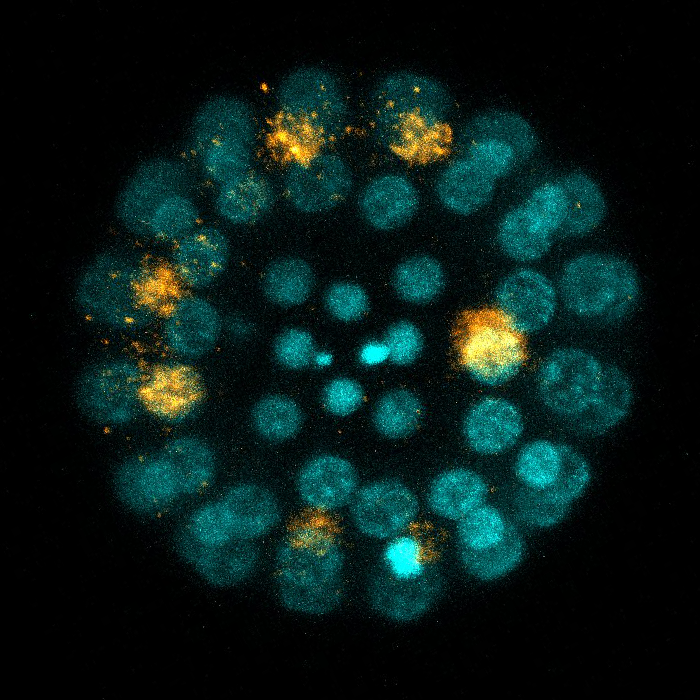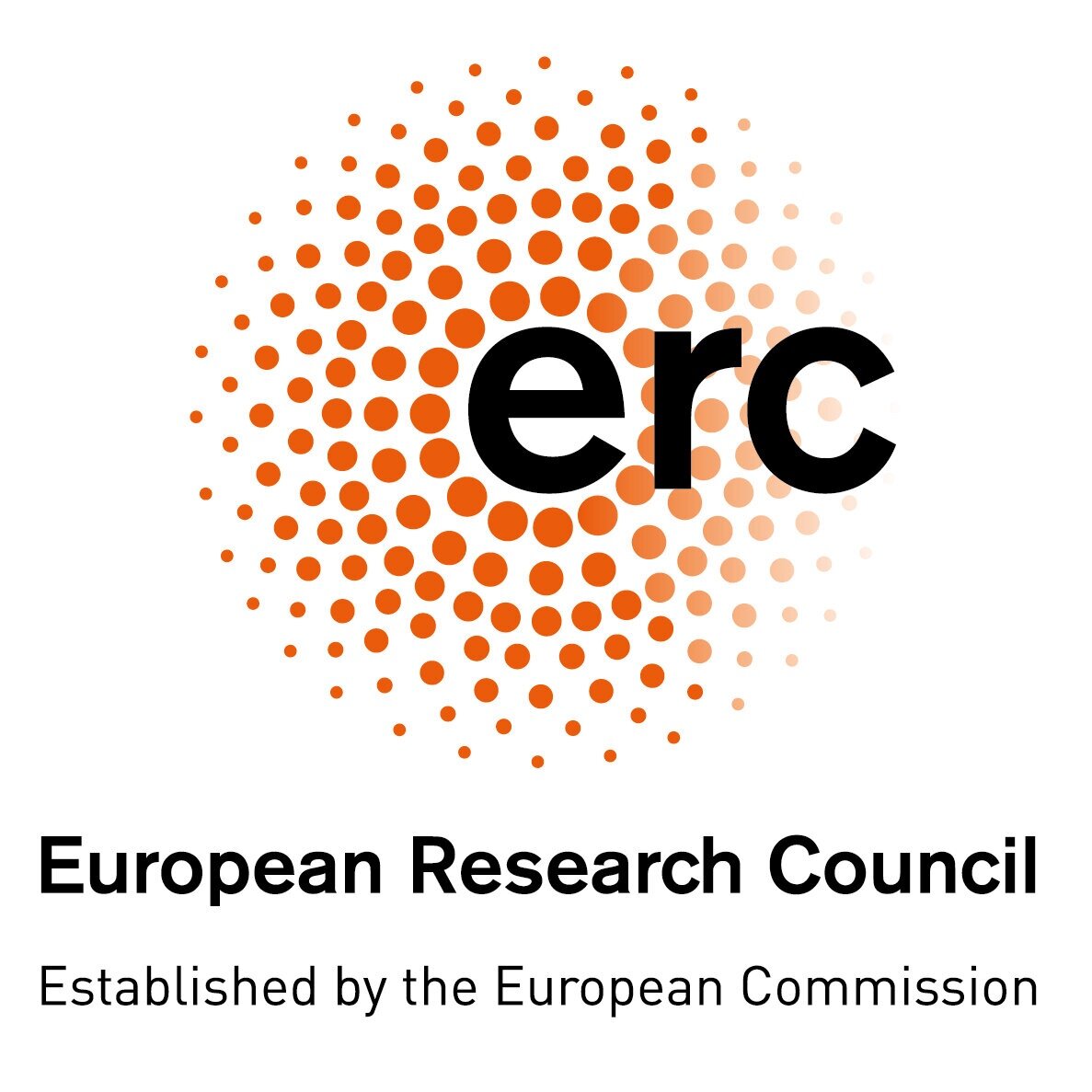
Annelids are one of the most diverse animal groups on Earth, with over 16,000 described species. They display a vast diversity of adult morphologies and lifestyles, and have colonised marine, freshwater and terrestrial environments. Yet how this biodiversity emerged during embryogenesis and is encoded at the genomic level is still largely unexplored. As members of Spiralia, most annelids display a highly stereotypical early mode of development, called spiral cleavage.
Changes in how the progenitor cells giving rise to adult tissues appear in the early embryo can ultimately promote variation in adult morphology. Which cellular and genetic mechanisms control the specification of these primary progenitor cells during spiral cleavage? How do these mechanisms evolve over time? And how does its change contribute to animal morphological diversity? We study the early embryonic development of marine segmented worms to untangle these questions.
The TEAM

PUBLICATIONS
We have generated important contributions to the field of EvoDevo and evolutionary genomics. Our most recent manuscript is about the compact genome of the miniature annelid Dimorphilus gyrociliatus. Know more.
FUNDERS
Our research is supported by a range of research agencies, from the European Research Commission (ERC-Starting Grant) to UK Research and Innovation (UKRI), the Wellcome Trust and the Royal Society. Know more.
QMUL
Our lab is located at the School of Biological and Chemical Sciences, Queen Mary University of London. Located in the vibrant East side, QMUL is a leading, research-intense University, member of the Russell Group. Know more.




